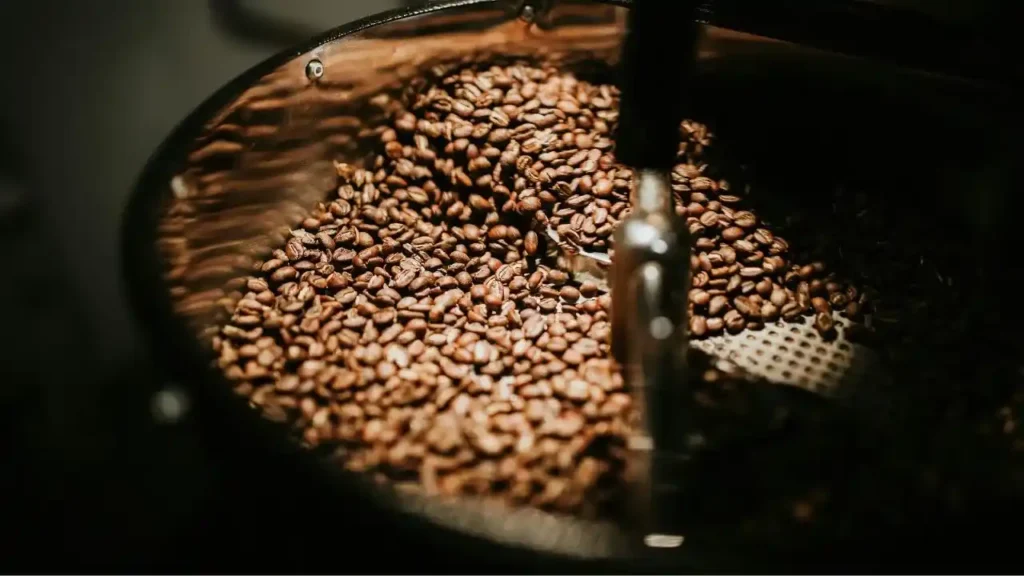Coffee is one of the most beloved beverages worldwide, and its taste largely depends on the type of coffee beans used. While there are many varieties of coffee beans, the two most well-known types are Arabica and Robusta. Each type has unique characteristics that influence flavor, aroma, and overall quality. Understanding these differences can help you choose the right beans for your taste preferences and brewing methods. In this guide, we’ll explore the primary types of coffee beans, their unique features, and how they impact your coffee experience.
Arabica Coffee Beans
Overview
Arabica (Coffea arabica) beans are the most popular and widely consumed type of coffee bean, making up about 60-70% of global coffee production. Known for their smooth, complex flavors and aromatic qualities, Arabica beans are often considered the highest quality coffee beans.
Flavor Profile
- Acidity: Arabica beans typically have a higher acidity, contributing to their bright and crisp taste. This acidity can produce flavors ranging from fruity and floral to wine-like notes.
- Body: These beans usually have a lighter body compared to Robusta, providing a more delicate mouthfeel.
- Flavor Notes: Arabica beans can exhibit a wide range of flavors, including berry, citrus, chocolate, and nutty undertones. The complexity of flavors makes them a favorite among coffee connoisseurs.
Growing Conditions
- Altitude: Arabica beans thrive at higher altitudes, typically between 2,000 and 6,000 feet. The cooler temperatures at these elevations contribute to the beans’ refined flavors.
- Climate: They require a stable, mild climate with consistent rainfall. Arabica plants are more susceptible to pests and diseases, making them more challenging to cultivate.
Robusta Coffee Beans
Overview
Robusta (Coffea canephora) beans are the second most common type of coffee bean, accounting for about 30-40% of global production. Robusta beans are known for their bold, robust flavor and higher caffeine content.
Flavor Profile
- Acidity: Robusta beans generally have lower acidity, resulting in a smoother, less tangy taste.
- Body: They have a fuller body and a more intense, thicker texture compared to Arabica beans.
- Flavor Notes: Robusta beans often feature earthy, woody, and sometimes bitter flavors. They can also have a grainy or nutty quality, which some people find appealing.
Growing Conditions
- Altitude: Robusta beans grow well at lower altitudes, typically between 1,000 and 2,000 feet. They are hardier and can withstand higher temperatures and less consistent rainfall.
- Climate: Robusta plants are more resilient to pests and diseases and can grow in a wider range of climates compared to Arabica.
Other Coffee Bean Varieties
Liberica Coffee Beans
- Overview: Liberica (Coffea liberica) beans are less common and primarily grown in West Africa and the Philippines. They are known for their distinct, unique flavor profile.
- Flavor Profile: Liberica beans have a bold, woody, and floral taste with a slightly smoky aroma. They often have a more complex flavor profile compared to Robusta but are less refined than Arabica.
- Growing Conditions: Liberica plants thrive in tropical climates and are less susceptible to pests and diseases, making them relatively easy to cultivate.
Excelsa Coffee Beans
- Overview: Excelsa (a variety of Liberica) beans are primarily grown in the Philippines. They are known for their unique and exotic flavor profile.
- Flavor Profile: Excelsa beans offer a fruity, floral, and spicy flavor with a distinctive aroma. They are less common but are prized for their unique taste.
- Growing Conditions: Like Liberica, Excelsa beans grow well in tropical climates and are relatively hardy.
Choosing the Right Coffee Beans
Personal Preferences
When selecting coffee beans, consider your flavor preferences and the type of coffee experience you desire. Arabica beans are ideal for those who enjoy complex, nuanced flavors with higher acidity, while Robusta beans are suitable for those who prefer a bold, intense cup with more body and less acidity.
Brewing Methods
Different brewing methods can highlight the unique characteristics of various coffee beans. For example, Arabica beans are often used in espresso and pour-over methods to bring out their delicate flavors, while Robusta beans are commonly used in espresso blends for added crema and strength.
Experimentation
Don’t hesitate to experiment with different types of coffee beans to find your ideal flavor profile. Sampling beans from various regions and varieties can help you discover what you enjoy most and expand your coffee palate.
Conclusion
Understanding the types of coffee beans—Arabica, Robusta, and others—can greatly enhance your coffee experience. Each type has its own unique flavor profile and growing conditions, affecting the taste and quality of your coffee. At BrewClan Coffee, we offer a diverse selection of specialty beans, including Arabica and Robusta, to cater to various tastes and preferences. Explore our range to find the perfect coffee beans that match your flavor preferences and enjoy the rich, diverse world of coffee.



